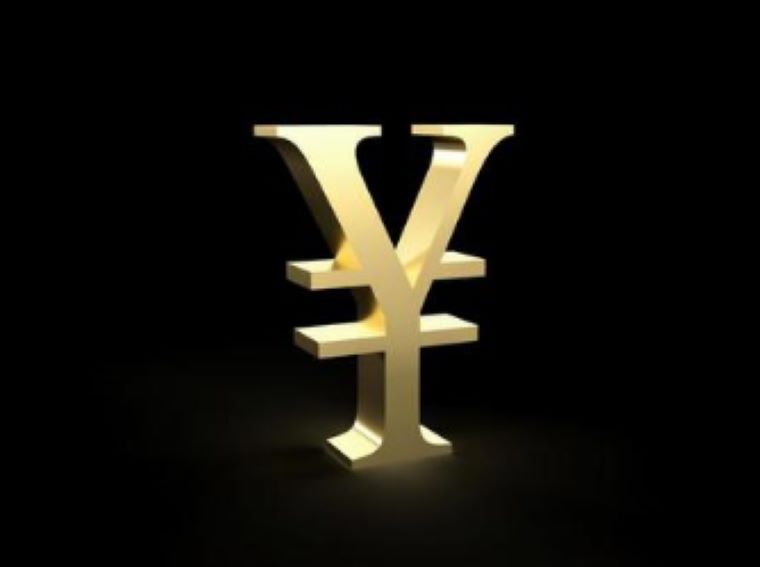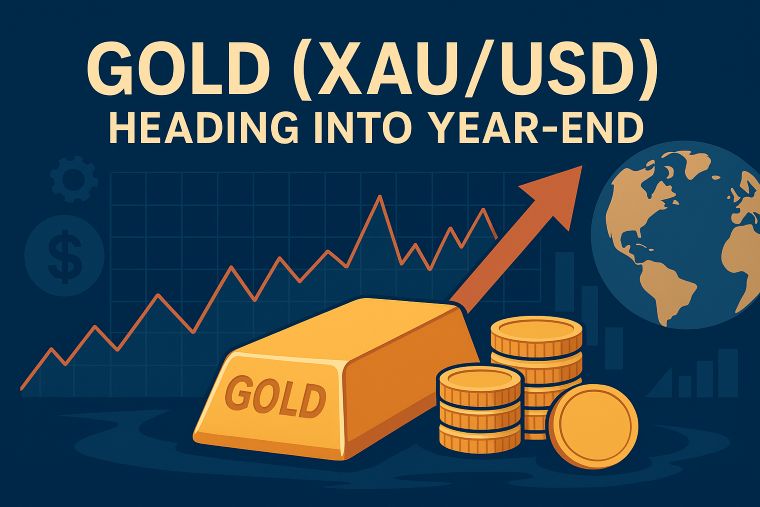3 min to read
The USDJPY experienced a rapid upswing
surging decisively into the 151 yen per dollar territory.

“In today’s foreign exchange market, the USD/JPY experienced a rapid upswing, surging decisively into the 151 yen per dollar territory”
This impressive rally was underpinned by a dominant surge in dollar demand during the New York trading session.
As anticipated during the recent New York trading session, the Bank of Japan made a significant announcement during today’s decision meeting by reevaluating the Yield Curve Control (YCC). However, the market’s response was a depreciation of the Japanese yen. The revision to the YCC leaned towards easing, albeit moderately. This move left an impression of a substantial disparity with U.S. bond yields. Furthermore, the USD gained further momentum during the New York session, culminating in the firm establishment of the 151 yen per dollar range.
Until now, the Bank of Japan had maintained a 10-year bond yield with an “upper limit of 1.0%, within a range of 0.5% above and below.” However, this approach has now evolved into a “flexible framework with 1.0% as the upper boundary.” Moreover, the daily fixed-rate operations have been discontinued. While specific numerical thresholds have been removed, the stance suggests an inclination to tolerate yields above 1.0% to a certain extent.
During the press conference, Governor Kuroda expressed his reservations about the possibility of yields rising to 1.5% to 2.0%. While the specific numerical caps were removed, the underlying intent appears to be preventing a sharp spike in yields akin to U.S. bonds. At present, the yield on 10-year Japanese government bonds is hovering around 1.0%.
There is a prevailing market sentiment that, depending on the Bank of Japan’s response, the USD/JPY may ascend to the 152 yen per dollar range. However, should this ascent occur too swiftly, it’s crucial to exercise caution, as the Ministry of Finance may respond assertively. The ministry’s approach prioritizes the pace of currency fluctuations over specific thresholds.
On a different note, the EUR/USD faced downward pressure, slipping back into the 1.05-dollar range. Despite the positive outlook for a rebound since October, the currency pair continues to grapple with formidable resistance on the upside.
The preliminary Consumer Price Index (HICP) for the Eurozone was released today. The headline index recorded a 2.9% year-on-year increase, with the core index modestly surpassing expectations at 4.2%, though it marked a deceleration from the previous reading. It’s worth noting that energy and food prices played a pivotal role in dampening the indices.
While this development is undeniably favorable for the European Central Bank (ECB), it’s the core index that better reflects the current landscape. This suggests that the ECB still has substantial work to do to effectively manage inflation on a sustainable basis. Energy prices, in particular, remain volatile, and the year-on-year base effect is expected to have a limited impact in the months ahead. Consequently, it may take a while before the ECB contemplates interest rate cuts to support the economy. Despite the cessation of rate hikes, the ECB is poised to maintain its stance of keeping interest rates elevated for an extended duration.
The British Pound/USD temporarily experienced a decline, reaching the mid-1.21-dollar range. Nevertheless, it rebounded to approximately 1.22 dollars during the New York session. This week, the market eagerly anticipates the results of the Monetary Policy Committee (MPC) meeting of the Bank of England (BOE).
Today, the British Retail Consortium (BRC) released data pertaining to retail prices for October. The data reveals that food prices have experienced a six-month deceleration, registering an 8.8% year-on-year increase. Despite this deceleration, the figure remains over four times the BOE’s 2% target, underscoring the substantial gap that still needs to be bridged for a more sustainable level of inflation. On the whole, retail price inflation decelerated from 6.2% in September to 5.2%. However, the market’s expectation for a cessation of BOE rate hikes remains unchanged.
Visit XM Official Website.

